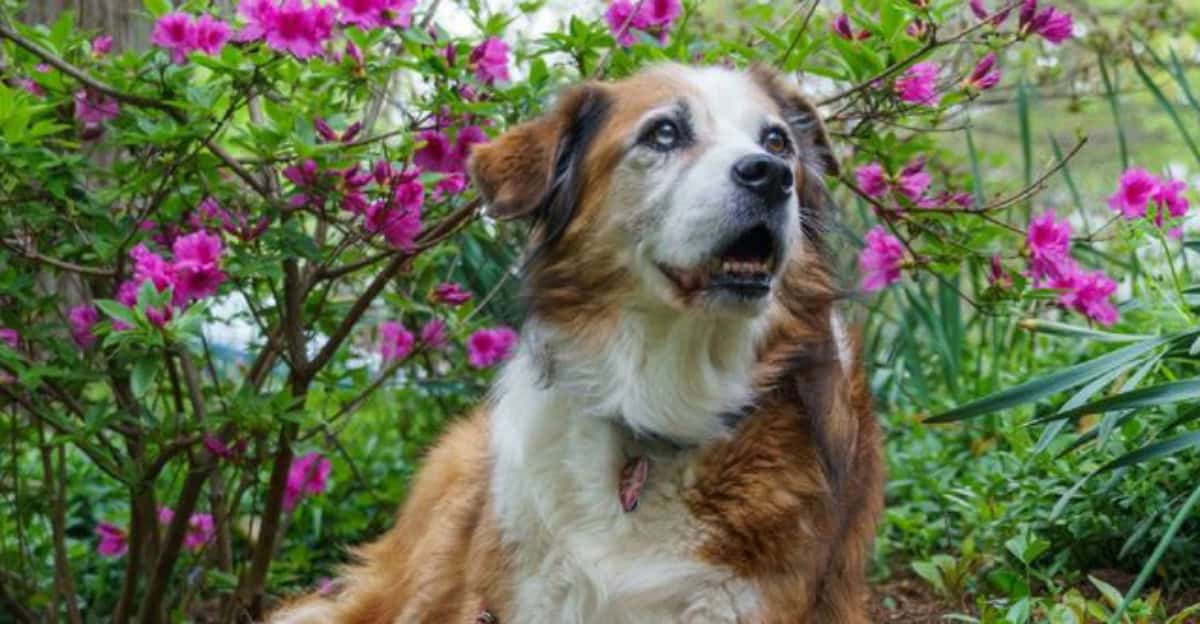Dogs are naturally curious creatures, often exploring the world with their noses and mouths. While this behavior is endearing, it can lead to unfortunate encounters with plants that are harmful to them.
Within many gardens and homes, common plants pose significant health risks to our canine companions.
This guide highlights 7 such plants, detailing their dangers and providing insights on how to protect your furry friend.
Creating a safe environment for dogs means knowing which plants to avoid and how to recognize the signs of poisoning. By staying informed, you can ensure your pet’s safety and well-being.
1. Sago Palm

The sago palm is a popular ornamental plant, yet it’s extremely toxic to dogs. Every part of this plant, especially the seeds, contains toxins that can lead to severe symptoms.
Dogs ingesting sago palm may experience vomiting, seizures, or liver failure.
Monitoring your pet around these plants is crucial, as even small amounts can be lethal. If you suspect your dog has ingested any part of the sago palm, contact your veterinarian immediately.
Consider replacing it with non-toxic alternatives to ensure a safe garden environment. Preventing access can help protect your beloved pet.
2. Oleander
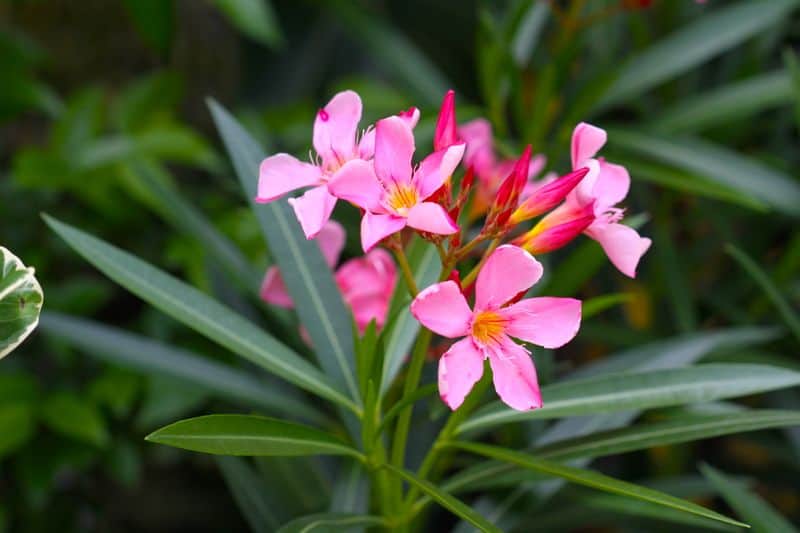
Oleander is an attractive plant found in many gardens, yet it poses a significant risk to dogs. Ingesting any part can lead to heart problems, vomiting, and potentially fatal complications.
Pet owners must ensure these plants are inaccessible to curious dogs. Fencing off oleander or removing it altogether can prevent accidents.
The plant’s toxins can affect the heart’s function, leading to life-threatening conditions.
Prompt veterinary care is crucial if ingestion occurs. Understanding the risks associated with oleander helps pet owners make informed decisions about landscaping choices.
3. Daffodil
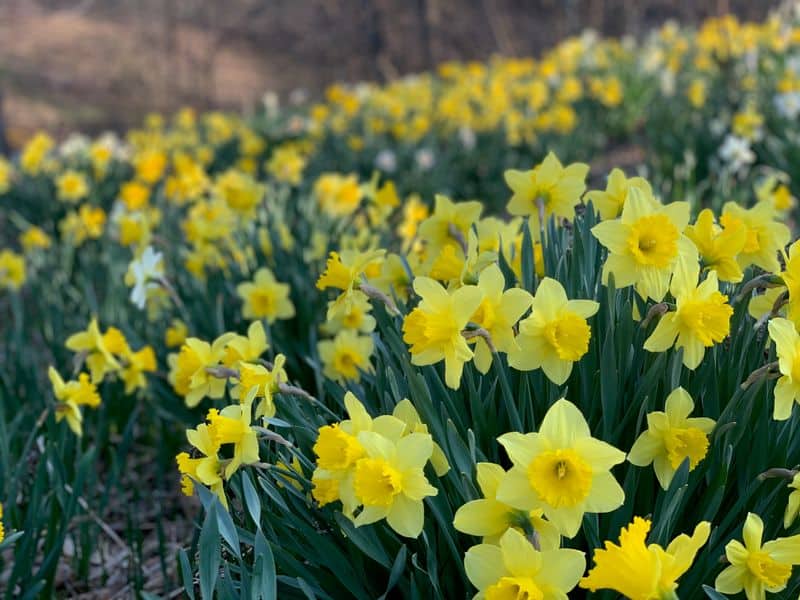
Daffodils are a springtime favorite, but they can be hazardous to dogs. The bulbs contain lycorine, which leads to digestive distress when ingested.
Symptoms include vomiting, diarrhea, and abdominal pain, making it crucial to monitor dogs in areas with these flowers.
If you suspect your dog has eaten a daffodil bulb, seek veterinary assistance immediately. The cheerful appearance of daffodils might attract dogs, so consider planting them out of reach.
Creating a dog-friendly garden means being aware of the hidden dangers these beautiful flowers pose.
4. Azalea
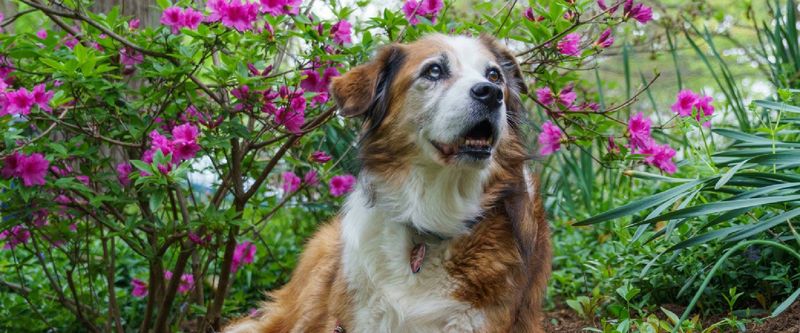
Azaleas are beloved for their vibrant blooms, but they harbor a hidden danger for dogs. When ingested, these plants can cause vomiting, diarrhea, and even more severe symptoms like cardiac failure.
It’s crucial for pet owners to be vigilant if they have azaleas in their yards.
The attractive colors may tempt curious pups, making it essential to supervise outdoor playtime. Remove any fallen flowers or leaves promptly.
In case of ingestion, immediate veterinary attention is necessary to prevent serious health issues. Keeping azaleas out of reach could save your pet’s life.
5. Foxglove
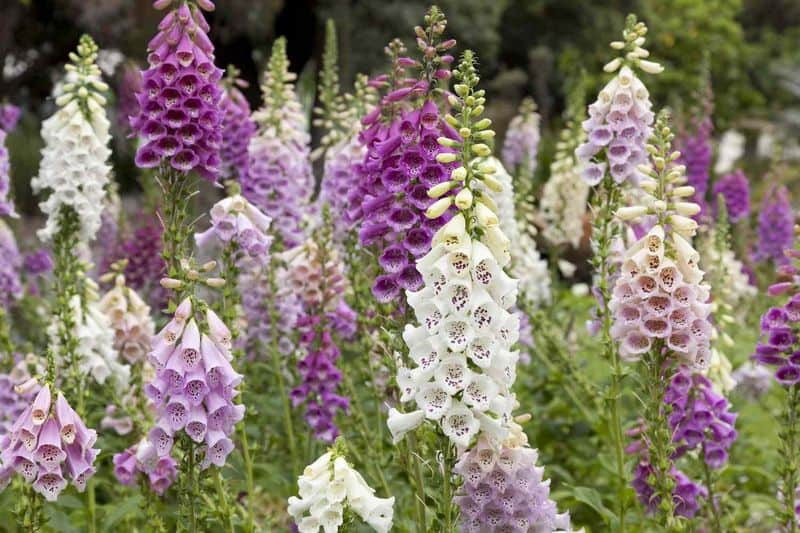
Foxglove is known for its striking bell-shaped flowers, yet it’s highly toxic to dogs. The plant contains cardiac glycosides, which can affect heart rhythm if ingested.
Symptoms may include drooling, vomiting, or even heart failure.
Pet owners should restrict access to gardens with foxglove, especially during the blooming season. Removing or fencing off the plant can prevent accidental ingestion.
Understanding the risks of foxglove helps in creating a pet-safe environment, ensuring your dog’s heart health remains intact.
6. Tulip
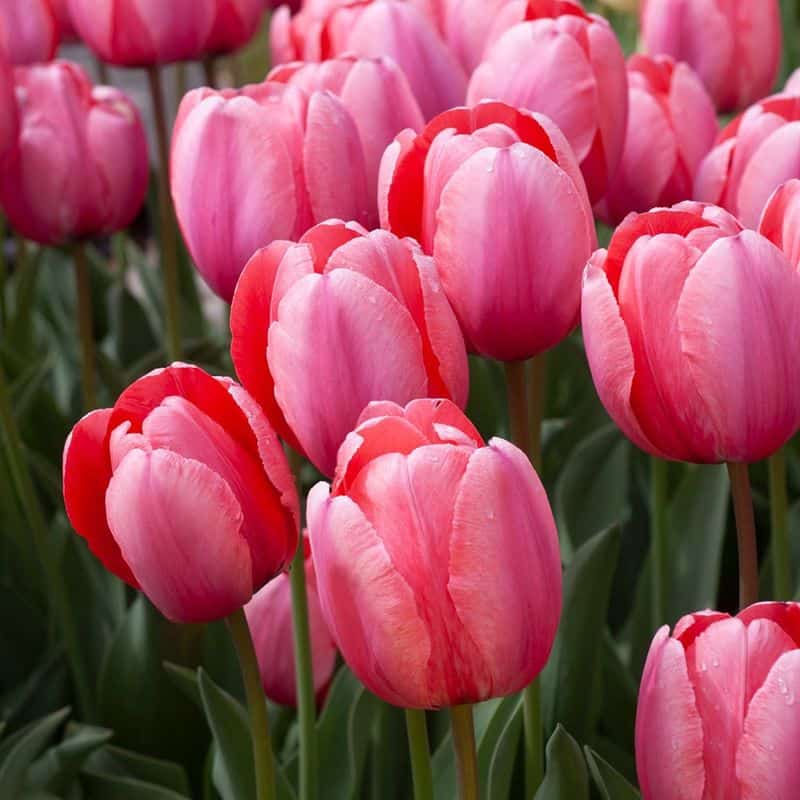
Tulips bring color and joy to gardens, but they contain toxins harmful to dogs. The bulbs, in particular, are dangerous if ingested, causing symptoms like vomiting, drooling, and diarrhea.
Pet owners need to be cautious during planting and blooming seasons.
Ensuring tulip bulbs are planted deeply and out of reach can prevent accidents. If ingestion is suspected, contact a veterinarian promptly.
By understanding the potential risks, you can enjoy the tulips’ beauty while keeping your pet safe.
7. Lily of the Valley
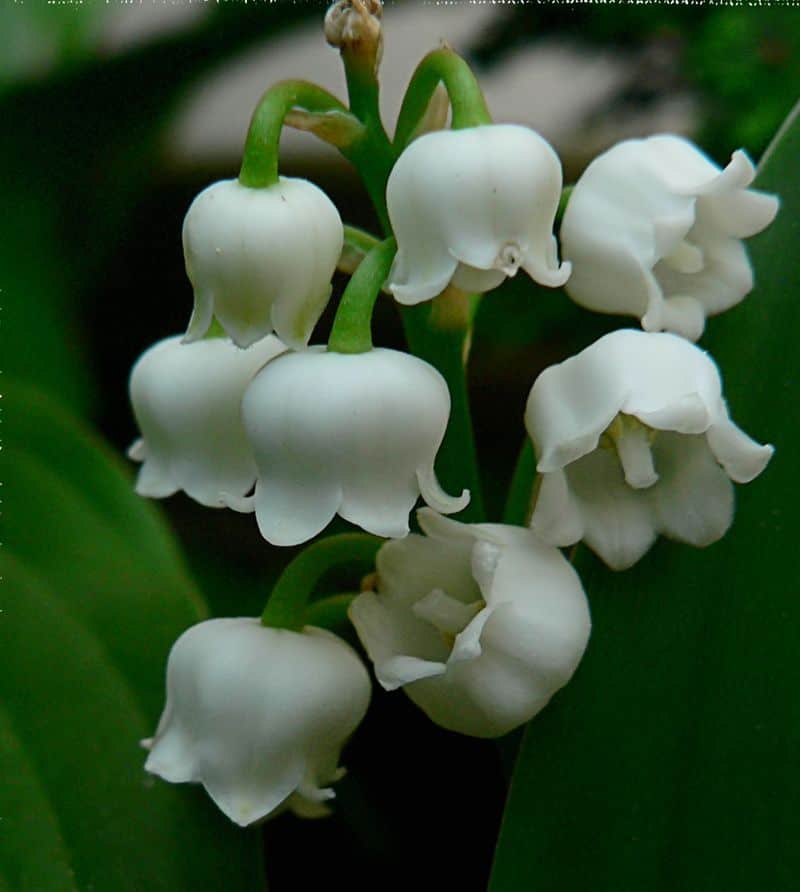
The lily of the valley is cherished for its delicate appearance and sweet scent, but it poses a deadly threat to dogs.
Ingesting even small amounts can cause heart problems, vomiting, and seizures. This plant requires careful placement in any garden.
Consider alternatives if pets frequent your outdoor spaces, or ensure it’s planted in restricted areas. Quick response is vital if ingestion occurs, as the plant’s toxins can swiftly impact health.
Awareness of lily of the valley’s dangers is key to maintaining a safe environment for your dog.

